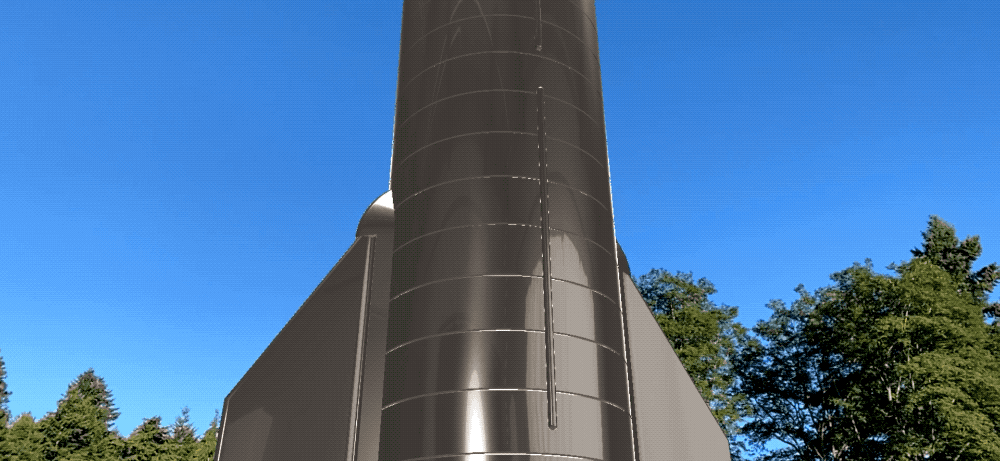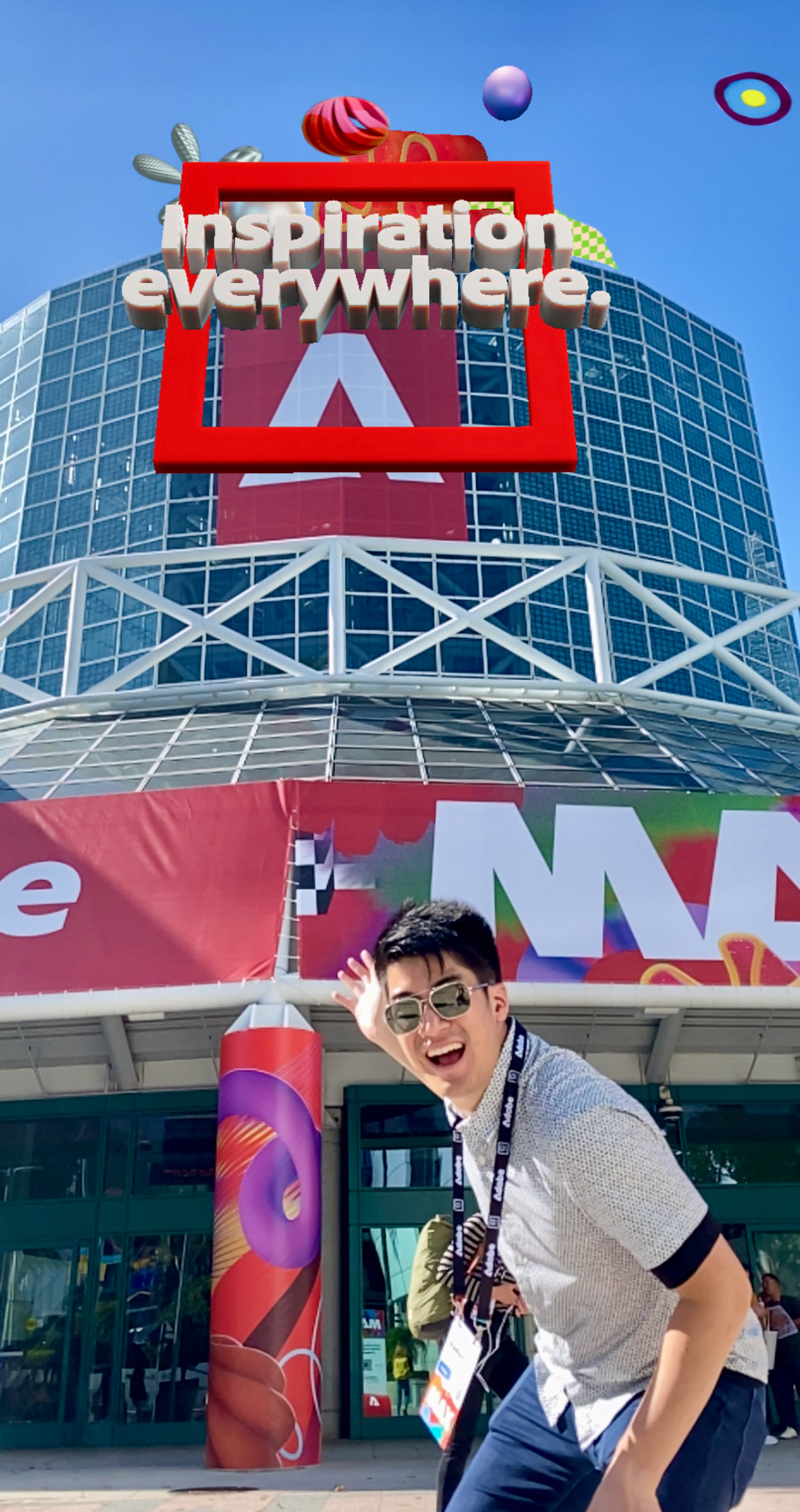4 Tips for Good Tracking in Adobe Aero
Augmented reality is still a new technology that is constantly improving. It's delightful to place digital things in the real world with our phones, but sometimes your AR stuff doesn't stick where you want it to, or doesn't stay where you put it. Often this is because the AR tracking is having trouble. Tracking is how the device understands the space around you, and what surfaces exist to place stuff on. Let's talk about four ways to improve your tracking experience.

1. Use well lit, textured surfaces
AR uses the camera on your phone to understand the world around you (unless you have the latest LIDAR-capable phone). It looks for visual features to figure out where there's a surface to place digital content. For example, a wood floor will work well, since AR sees the texture of the wood and can figure out that it's a flat surface. Carpets or rugs with texture or pattern will give AR lots to work with. Outdoor surfaces like grass or concrete will also typically work well. Good lighting is important so make sure AR can see these textures and track to them well.


If the table, floor, or wall you are scanning is a flat color, there might not be enough visual information for the phone to know there is a surface there. White walls are often difficult to track. If you really need to use a flat color wall or floor, you can work around this by sticking painters tape or other things to the surfaces.
Glass is also be problematic since it's barely visible. Reflective or glossy surfaces and mirrors confuse the phone and will have unpredictable tracking.
Glass is also be problematic since it's barely visible. Reflective or glossy surfaces and mirrors confuse the phone and will have unpredictable tracking.

2. Get a good scan
Getting a good initial scan will make sure that you have solid tracking and a realistic alignment of your digital content and the real world. In addition to using textured surfaces, there's a few ways to get a good scan. Scan the area you want to use from different angles, and try to scan the size of area you plan to use. Keep an eye on the scanning grid pattern to see if it's lying right on the surface. If it matches up nicely, your digital assets will also stick on top, making the AR illusion more convincing.
If the hex pattern isn't stay locked to your surface, and slides over it, so will you content - breaking the AR illusion. You can re-scan by going into the Anchor Settings menu and choosing Reset. This might help fix the bad tracking.



3. Avoid covering the camera
If the phone's camera gets covered when working on your Aero experience, the app will have trouble understanding where it is in the world. Once the camera can see again, it may think it's in a different place than before. This can cause your content to have shifted - which can be frustrating if you had just meticulously placed something in relation to the real world.
If you have a folding case for your phone or iPad, it can obscure the camera while you use Aero, and affect your tracking.
4. Stay focused on the scanned area
If you have your AR content on the ground, pointing the device away from that area can cause the tracking to drift or jump. It's not so bad if there are other nearby surfaces that the device can see, but can be problematic when in large open spaces, especially outdoors.
For example, if you place an huge size rocket outdoors, you'll likely scan the grass as your surface. But if you look up at the top of the rocket, the only thing the app will see if the sky, which isn't enough to keep the tracking stable for an extended time. In the example below you can see the rocket jumps around unexpectedly when the camera is pointing away from the ground.
For example, if you place an huge size rocket outdoors, you'll likely scan the grass as your surface. But if you look up at the top of the rocket, the only thing the app will see if the sky, which isn't enough to keep the tracking stable for an extended time. In the example below you can see the rocket jumps around unexpectedly when the camera is pointing away from the ground.

With these tracking tips you can create and capture even better Aero experiences! Share your creations with me using the #AdobeAero hashtag, at @kpimmel on Twitter and @hello_im_kim on Instagram!


